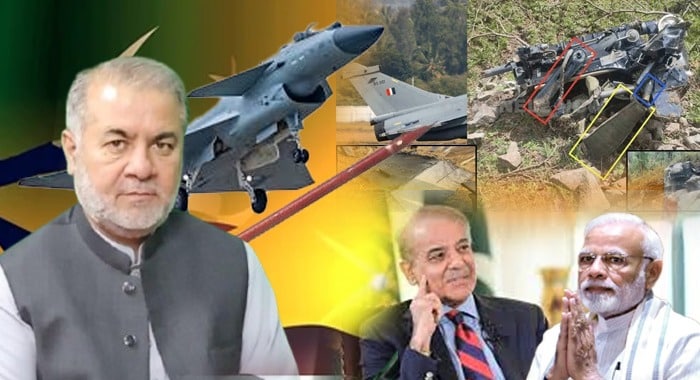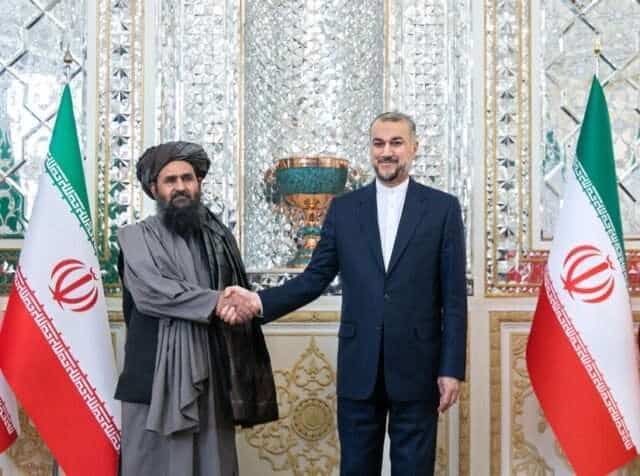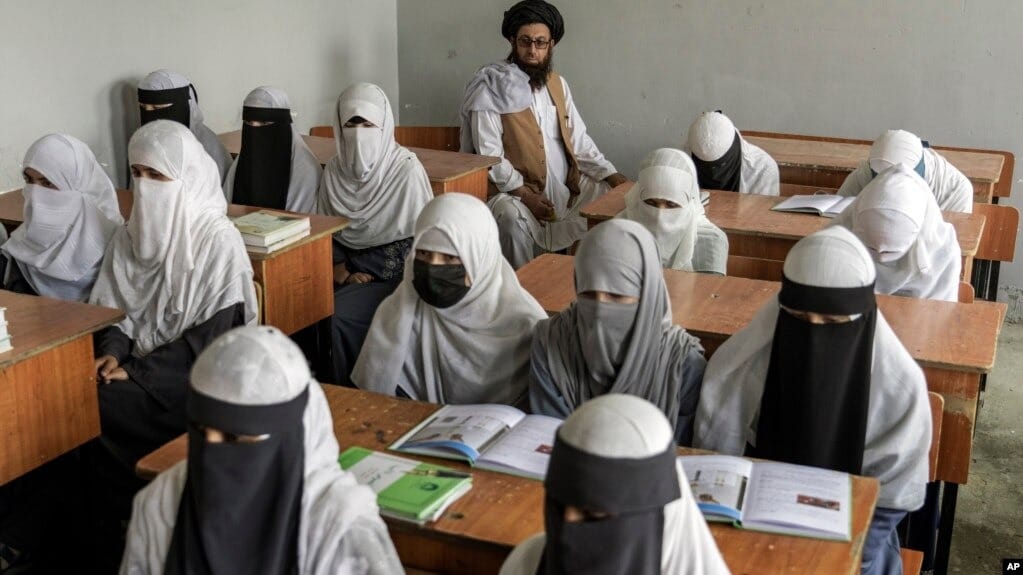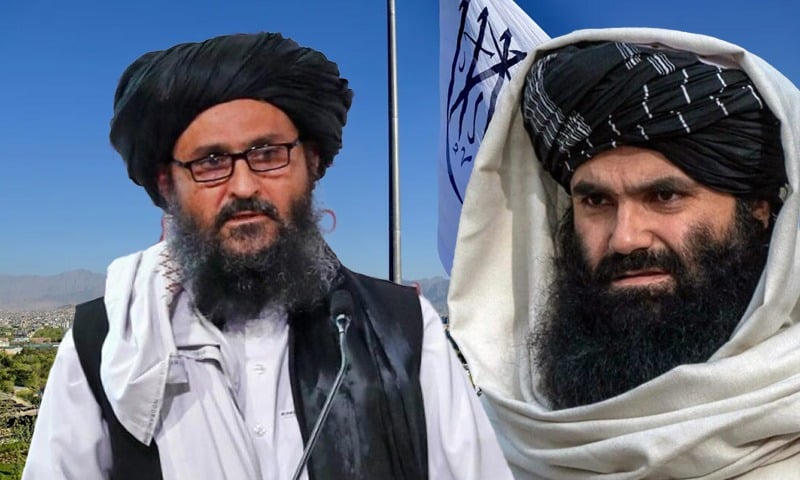After the Pahalgam incident, the situation had deteriorated to the point where it seemed that India was in no mood to listen. It neither believed in dialogue nor accepted Pakistan’s offer of cooperation in any investigation. India was simply not ready to talk. For quite some time, Pakistan had been stressing the importance of dialogue, but India and its allies likely perceived Pakistan’s insistence as a sign of weakness—or perhaps that Pakistan wouldn’t dare respond. They mistook our patience for weakness. In my opinion, Pakistan tried sincerely to de-escalate, but India failed to understand. And after the Pahalgam attack, they became completely unhinged. Despite global calls for evidence, India failed to provide any. They were unwilling to allow an inquiry—and instead, they chose to launch an attack.
Even after this aggression, Pakistan acted with great restraint and responsibility. But when India began bombing Pakistani territories and targeting innocent civilians in places like Bahawalpur, Muridke, Lahore, and Kashmir, Pakistan responded decisively—and taught them a lesson they won’t forget. In my view, the Pahalgam incident redrew the global map. The so-called ‘Akhand Bharat’ that dreamed of becoming South Asia’s superpower, a country that dismissed Pakistan altogether, and even a global power like the U.S. that wasn’t even willing to hear the word “Kashmir”, were all forced to reconsider. India had always rejected mediation, claiming it was a bilateral issue. But in just two hours of aerial combat, the Pakistan Air Force demonstrated such valour, strategy, and professionalism that it flipped the entire narrative. The same Narendra Modi who had once been so arrogant was suddenly pleading with allies to step in and talk to Pakistan. And even the United States—long dismissive of Kashmir—begged both sides, especially Pakistan, to show restraint. Eventually, the situation led to a ceasefire, despite Pakistan having gained the upper hand.
Yes, India is a larger country by far. Their numerical advantage in jets, tanks, and other military assets had created the illusion that Pakistan was insignificant. Pakistan is indeed smaller in size and population, with fewer resources. But the Pakistani people, though fewer in number, are highly professional, resolute, and courageous—and they proved it. That brief two to three-hour conflict set India back both militarily and morally. I believe divine support played a major role and the nation emerged triumphant. It showed the world what happens when modern equipment, cutting-edge technology, bravery, and willingness to sacrifice come together under strong leadership. Today, even UK-based newspapers are calling Pakistan’s Air Force one of the best in the world.
In contrast, the Indian media acted with gross irresponsibility—to the extent that even within India, people began questioning their narratives. They kept the public in the dark, presenting fabricated stories of Indian forces conquering Karachi, Lahore, Islamabad—even erasing Peshawar. People who rely on TV news were fed pure fiction. I personally told an Indian journalist, “I’m in Peshawar right now—and it’s completely peaceful. Not a single bullet has been fired.” Meanwhile, Pakistani media behaved with remarkable responsibility, mirroring the maturity of the political and military leadership. They didn’t spread a single fake story. They reported facts accurately, just like the foreign media. It became crystal clear that Pakistani media displayed far more professionalism. Sure, you can fool people temporarily—but in the digital age, facts can’t be hidden for long. India suffered reputation damage both regionally and globally. Today, Indian media is a global punchline—utterly untrustworthy.
As of now, some (still unverified) estimates suggest that India suffered an economic loss of $88 billion, compared to Pakistan’s estimated $3 billion expenditure. Six of India’s advanced jets were destroyed, along with 77 high-end drones—downed within Pakistani airspace. Around 22 Indian military posts reportedly came under Pakistani control. Assessments are still ongoing regarding the internal damage to Indian infrastructure. But the gap between the media narrative and reality is now deeply discouraging for the Indian public. India suffered a massive setback—both morally and in real terms—and their credibility is in shambles. I believe they will resort to theatrics to placate their citizens, to show that they also retaliated.
The silver lining is that major powers like the U.S. and regional stakeholders are now involved. The ceasefire is holding, and things are progressing professionally. There were ceasefire violations at the border; in Kashmir, 10–11 civilians were martyred due to shelling. Even last night, India shelled Kotli heavily—reportedly to reclaim posts lost to Pakistani forces. Some civilian casualties occurred. I believe that going forward, India will think long and hard before provoking Pakistan again. Their airbases, which collapsed like sandcastles, are now a topic of internal scrutiny—how can bases that couldn’t defend themselves protect the country?
This conflict also debunked the myth about Chinese technology being inferior to Western tech. It clearly demonstrated that Chinese military tech is now highly advanced. And it’s not just about the hardware—professionals are needed to operate these systems effectively. This conflict highlighted how skilled and professional Pakistani forces are. Even in IT, where India is considered far ahead, Pakistan surprised the world by launching successful cyber-attacks on major Indian websites and institutions within hours. It shows Pakistan’s unexpected rise in the tech domain. The national unity seen in this moment is encouraging. Let’s hope this spirit continues to drive Pakistan’s progress.
As for our western border, the situation has also stabilised. Fortunately, just before the conflict with India, Pakistan’s tensions with Afghanistan were defused through diplomatic efforts, including Ishaq Dar’s visit and China-brokered follow-up meetings. The three nations, China, Pakistan, and Afghanistan, are now aligned in working together for regional peace and trade. They’ve also agreed to limit India’s role in Afghanistan strictly to diplomacy. So there’s reason to hope for peace on both fronts—and a new era of prosperity in the region.





